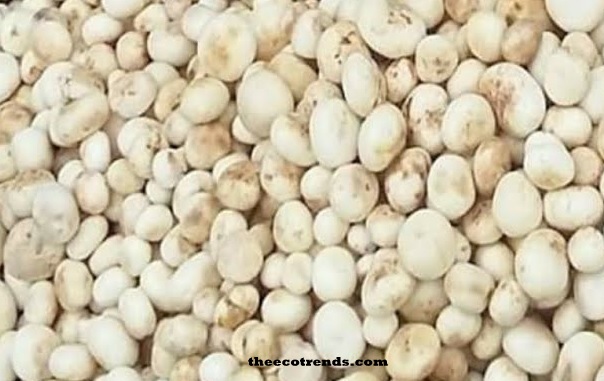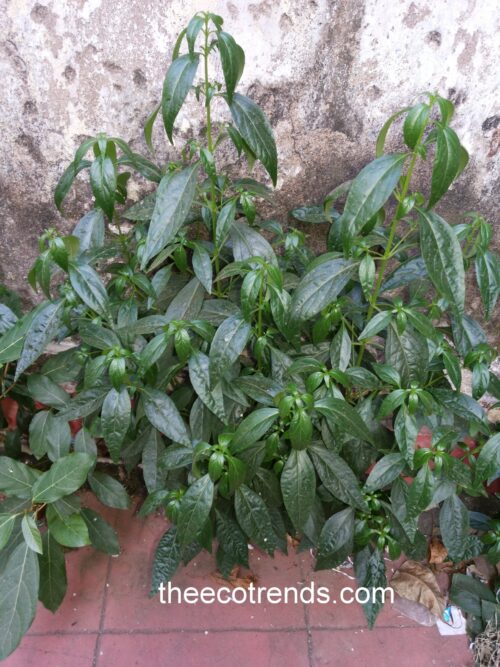Rugda or the Lycoperdon or Calvatia or Geastrum is a round ball mushroom mainly indigenous to Jharkhand state of India. It grows naturally under the soil surface at the bases of Sal trees that are found in the humid forests of the state.
The white mushroom balls have tough outer walls inside which there are black yolks. This yolk is a black substance which is responsible for the taste of Rugda. Ladies of the forest villages go into the forests and collect Rugda in baskets. They wash them to remove soil and go into the market to sell the same. Rugda is sold on high prices but it has great values of nutrition and taste.

Rugda is also called as vegetarian mutton. Ayurvedic herbalists are of the opinion that its consumption helps in the treatment of cancer and asthma. It contains fewer calories but more proteins. Other protein containing substances have more calories that enhance weight. It is a good food for diabetics and heart patients. In the Chhattisgarh state it is called as Boda Mushroom.
What is Rugda and why to eat it?
According to authorities at Birsa Agriculture University, Kanke, Ranchi Rugda develops underground naturally during rainy season. It is a type of fungus. Not alone in colour and shape, it is similar to mushroom in terms of properties also.
Besides containing high quality of proteins, it also contains many vitamins like vitamin c, vitamin D, vitamin B-complex, riboflavin, thiamine, vitamin B12, folic acid and salts of calcium, Phosphorus, Potassium and copper.
According to the scientists at IndiraGandhi University, Raipur; Rugda is considered as very nutritive, healthful, and full of medicinal properties. It is disease resistant, digestible food. White Rugda is considered as more nutritive. The consumption of Rugda helps in controlling high blood pressure and diabetes.
Rugda, nutrient packed, vitamins




